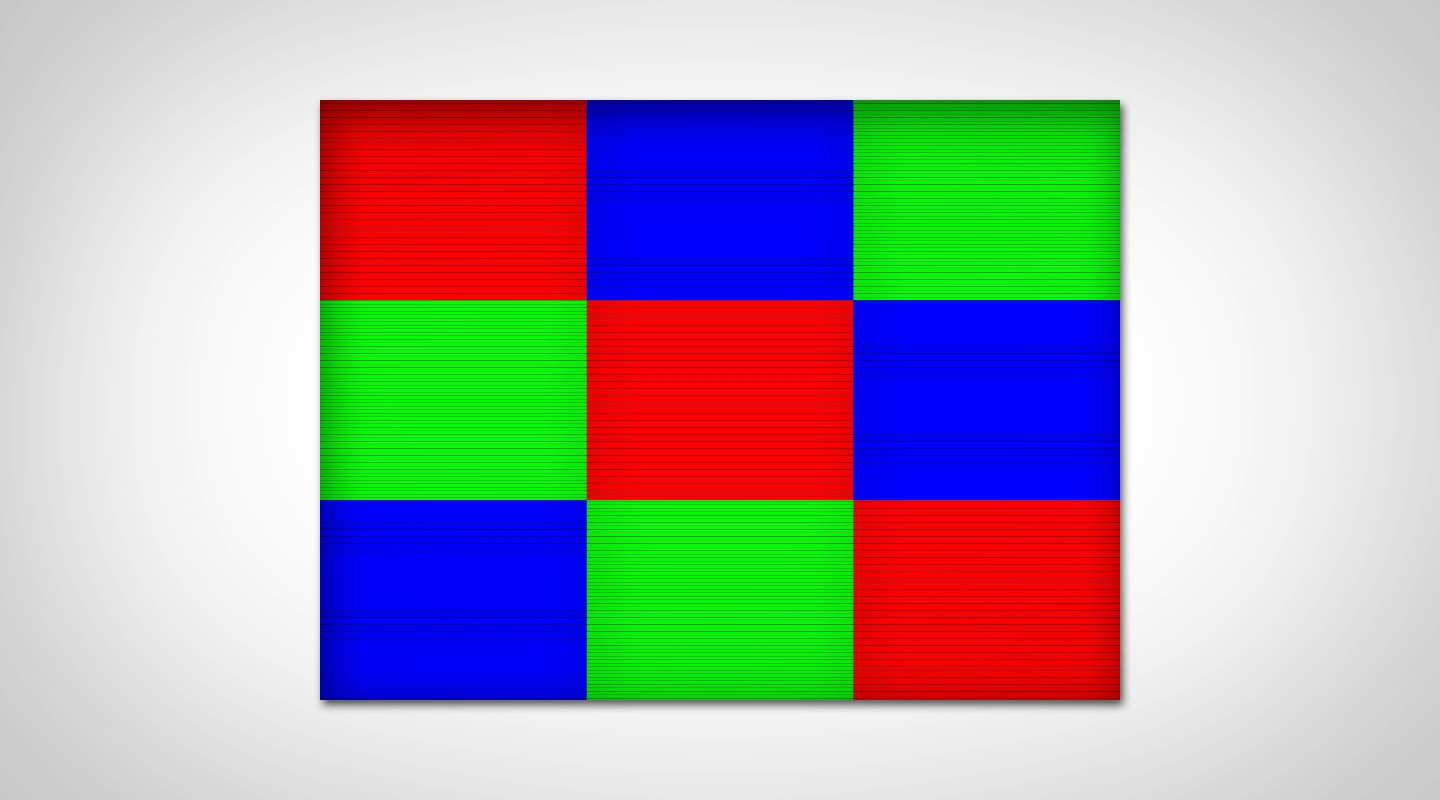
Colour Brightness
The Emperor’s new measure of projector brightness.
Tutorial:/ Andy Ciddor
I have long been of the opinion that spec sheets derive their name from the term ‘speculative fiction’ rather than more widely-held belief that they actually contain ‘specifications’. When the spec sheet for battery-powered desktop loudspeakers claims they produce ‘100W PMPO’ and the spec sheet for the reverse-cycle air conditioner in the hallway outside my office claims it produces ‘3.75kW’ of heat while amazingly drawing only 8A (ie. 2kW of power) from the grid, you couldn’t possibly think otherwise. With video projectors now likely to be found in most offices, classrooms and many homes, I suppose we should have known it was time for something new to be added to projector spec sheets to further confuse the purchasing public. Be on the lookout for ‘colour brightness’, the new output measurement based on the work of Karl Lang at Lumita.
Lang, who was trying to find a better method to assess both brightness and colour output, developed his new measure of colour-related brightness for LCD projectors beginning in about 2005. He began promoting the method in 2007, when it was picked up by the 3LCD consortium, a group of LCD projection panel OEMs and projector makers which have banded together to promote products based on LCD technology. The 3LCD group financed Lang’s company Lumita to develop the measurement process and document it in a book entitled International Display Measurement Standard. The next move was to offer this standard to any body that would listen, in the hope that it would be picked up and made a legitimate standard, by a group that didn’t have any money to fund the development of a standard of its own. It found such a body in the Society for Information Display (SID), who anointed this a standard earlier this year.
While this may sound a little Machiavellian (which it most probably is), this tactic is a well-established aspect of the free enterprise version of standards development, and can be found in the standards employed for everything from connectors and cables to wireless protocols, data communications protocols and file formats. If the world adopts your in-house developed product as a standard, then you’ve clearly got the inside running for getting compliant products to market.
In the case of the 3LCD consortium, the reason for promulgating this new brightness measurement was that it rather favours projectors with separate red, green and blue components, such as those with three LCD panels or three DLP micromirror chips, over any design using a single DLP chip and a colour wheel. Because the test involves measuring the projector’s output in the three primary colours of red, green and blue, the bias appears to be even more pronounced when the single DLP projector’s colour wheel has extra colour segments for enhanced pastels or extended colour gamut, two areas where LCD projectors are often considered lacking.


At the consumer, education and office end of the projector market there are very few three-DLP projectors around, so the comparison at any price point in this market will be three LCD panels versus DLP and colour wheel every time: with entirely predictable results.
Ever since the SID announced last May that they were adopting the 3LCD-promoted standard, there have been league tables published by LCD projector manufacturers indicating that ANSI lumens output are exactly equal to colour brightness for 3LCD projectors but that all DLP and wheel projectors are only between 25% and 30% as bright in the colour brightness test.
If you take the trouble to read the entire test methodology from Lumita (I can assure you that it is a detailed and meticulous document) every step of the test procedure is very accurately documented, and every instruction makes perfect sense. Any test performed following the described procedure will get accurately-repeatable results.
It’s just a pity the design of the test make the results meaningful for only one of the types of projector it’s being used by commercial interests to compare.

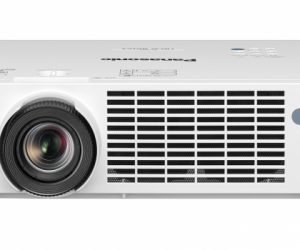
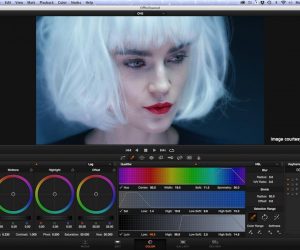
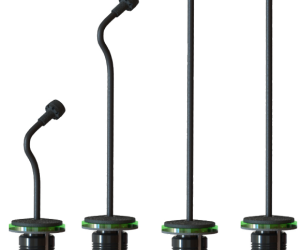
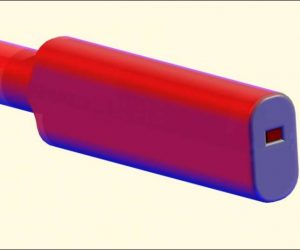


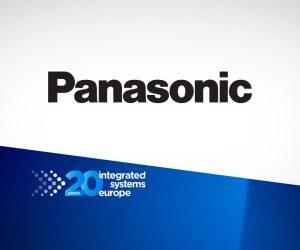



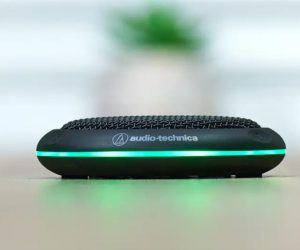



RESPONSES